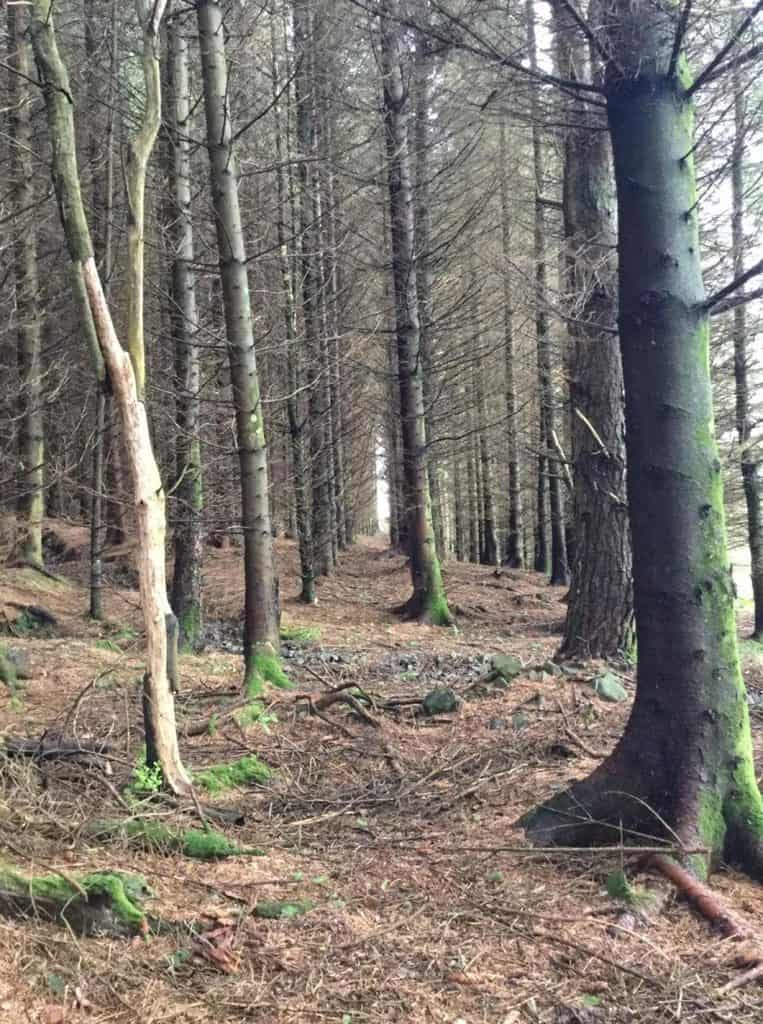A topic dominating discussion at recent meetings of the Corsock & Kirkpatrick Durham Community Council has been the number of applications for new forestry planting in the region, and the ability for local groups like community councils or individuals to keep abreast of proposals.
This included a forestry proposal in the Corsock & Kirkpatrick Durham Community Council area which had been wrongly advertised as ‘Thornhill’ and therefore had not undergone any genuine local scrutiny. The site, actually near Loch Urr, consisted of 110 hectares of planting. When the consultation error was highlighted, the advice was that the opportunity for comment had now passed.
As a result, the Community Council has logged a formal complaint with the forestry regulator, Scottish Forestry, with a response now awaited.
Corsock & Kirkpatrick Durham Community Council Chairman, Joe Seed, said:
“The role of a Community Council is to try to represent local views and opinions on matters affecting our residents. At the moment, our region seems to be alive with forestry planting plans. Our interest on Corsock & Kirkpatrick Durham Community Council is to scrutinise, on behalf of local residents, proposed forestry plans and make sure locals can input their opinions.
The government is pushing for a large increase in forest cover in Scotland. Galloway is already covered with approx. 30% forestry (the highest proportion in Scotland), with approximately 78% being commercial softwood and only 9% being native woodland.
It is vital that guidelines laid down in the Scottish government forestry strategy are adhered to so that an environmental and ecological balance can be maintained. This guidance seeks to plant “the right tree in the right place” and repeatedly stresses that there should be a high level of engagement with the local community and that environmental issues should be given upmost consideration.
Examples we have witnessed recently indicate the current planning and engagement process is not allowing or encouraging sufficient scrutiny of these proposals, which will often impact our landscape for years to come.”






